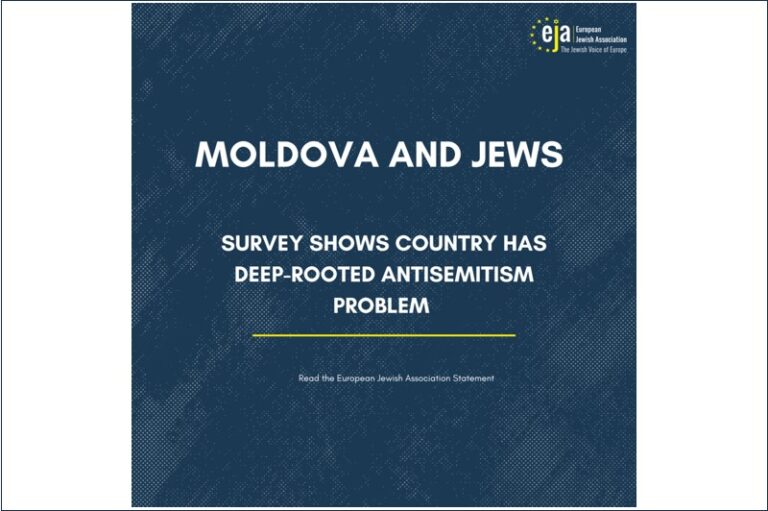Author: Viviana Gullo – OSINT Analyst, Agenfor International Foundation
Coordination & Revision: Sergio Bianchi – Director, Agenfor International Foundation
Antisemitism is a broad phenomenon diversified in the means by which it is manifested, whose nature lies in the religious aspect. Nonetheless, through the centuries, the link identifying religious and ethnic features increased, expanding, and overcoming nowadays in the socio-political sphere.
The definition offered by IHRA is “a certain perception of Jews, which may be expressed as hatred toward Jews. Rhetorical and physical manifestations of antisemitism are directed toward Jewish or non-Jewish individuals and their property, toward Jewish community institutions and religious facilities”.
Antisemitic incidents feature the different aspects of the hate pyramids, from stereotypes and discriminatory behaviour to hate speech online and offline hate crimes: threats, harassment, property damage, and graffiti are widespread in both realities and depict a current scenario with long-established hate trends and stereotypes. This scenario covers several aspects, from the “political ideology that claims Jews control the world and are to be blamed for phenomena such as capitalism and communism” to the racial dogma of Jews as inferior, from the Holocaust negationists and neo-Nazi raises to the anti-Zionism hate related to the Israeli-Palestinian conflict.
The Italian context perfectly shows the complexity of the antisemitic phenomenon through three prevailing waves characterizing the environment of hate: intensified, escalated anti-Zionism sentiments towards Israel and supporting Palestine, the decontextualised antisemitism, and the “pure”, well-known antisemitism. However, it shall be underlined that the first wave – intensified anti-Zionism – may be inscribed in the antisemitic framework only when de facto escalates into it when the reference is to an extremist wing promoting the idea that Jews people do not have the right to determine themselves, thus denying and delegitimizing the existence of the State of Israel as a demonized entity. Indeed, while anti-Zionism does not always correspond to antisemitism, it can escalate into it and manifest itself as a pure form of antisemitism.
The distinction between the “hate flows” is not to be interpreted narrowly: it serves to indicate the prevailing sentiments resulting from the online environment, in the attempt to understand the roots and consequences of antisemitism in Italy. However, the three waves are indeed part of the same phenomenon and could overlap or be one the result of the other.
The use of the OSINT system allows an understanding of the above-mentioned waves and the overall antisemitism phenomenon limited to the Italian context, providing a clear (and complete) framework of the hate sentiments, and recognising where and how to intervene to prevent or tackle a possible crime.
Therefore, it is worth analysing in more detail the three antisemitic waves detected online in an attempt to define broadly antisemitism in Italy.






